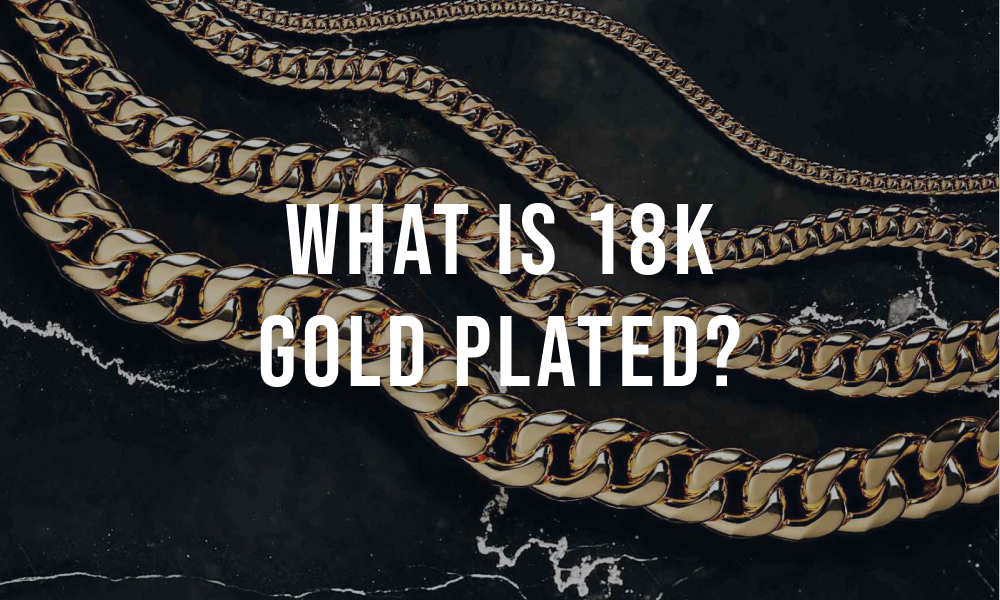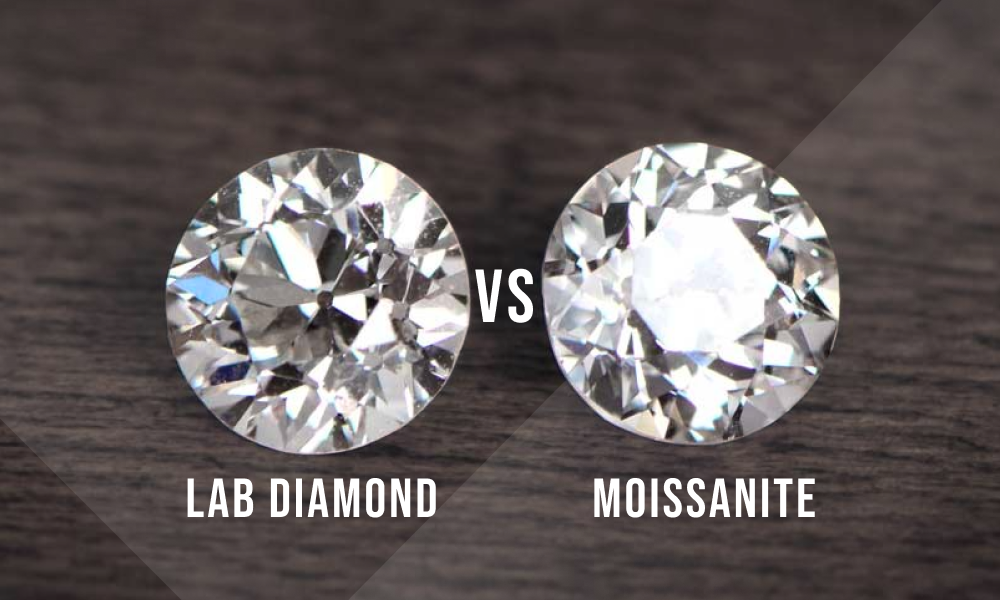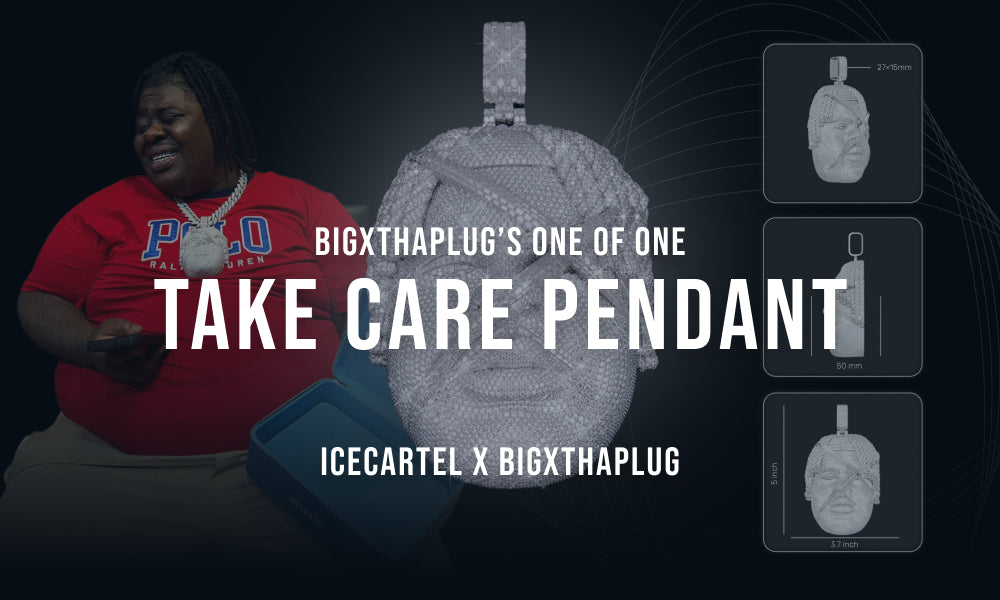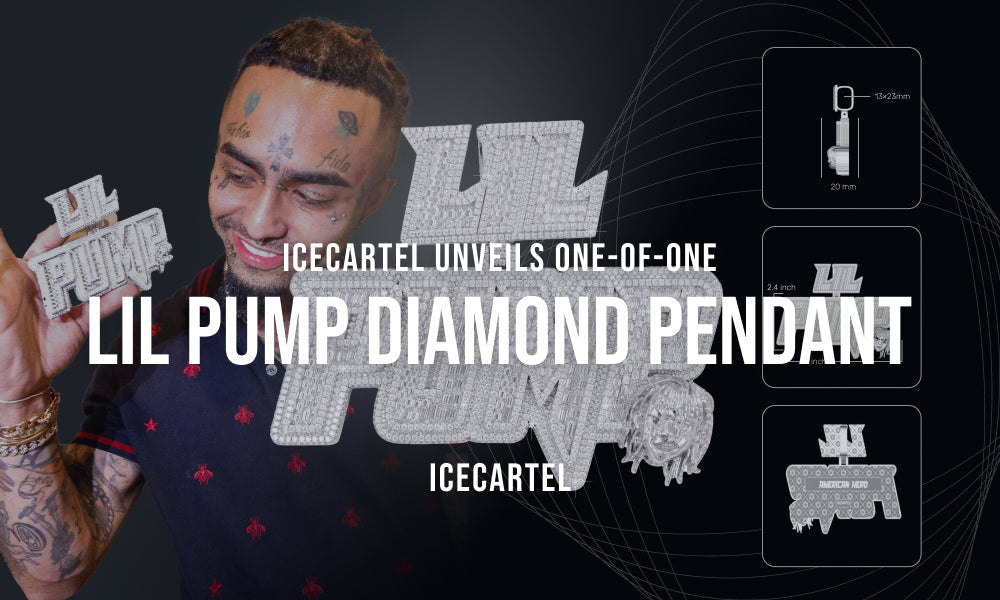Did you know there are a lot of metal choices for jewelry? This short blog post will explain the difference between plated jewelry, solid metal jewelry, 18k gold plated meaning, and more.
Explore the world of 18k gold plated jewelry and uncover the significance behind this popular choice for fine jewelry, fine-fashion jewelry, and other bespoke pieces.
What is ‘Gold Plated’ Jewelry?
Is 18k gold plated real? Gold plated jewelry uses a stable base metal (often brass or copper) coated with a thin layer of gold. Base metals commonly include brass, copper, and sterling silver. This thin gold painted layer offers all the luxury and beauty of solid gold for any jewelry piece, including earrings, bracelets, necklaces, chains, anklets, and rings. However, it is much more affordable because it is not "solid" or just made of gold.
Gold Plating Process
What is 18k gold plated? Gold plated jewelry is created by using an electroplating process. This outer layer of real gold coats the base metal, giving it a "gold" appearance, appearing visually similar to solid gold pieces.
The gold plating process involves electroplating a thin layer of gold onto the surface of a base metal object. Cleaning the item being plated throughout the process improves the outcome. Here are some of the general steps involved in the gold plating process:
1. Surface Preparation: Cleaning the object before gold plating will result in an optimal smooth coat and rich shine, whether the coat has a fancy finish or a classic high polish. Carefully removing dirt, bacteria, debris, and contaminants and smoothing out design imperfections will give the gold coat a better surface to adhere to without looking lumpy, bumpy, uneven, or flaky.
2. Electrolyte Solution & Tank: An electrolyte solution frequently containing gold salts or gold chloride is used to serve as a source of the gold ions used in the plating process. The jewelry or other decorative object to be plated combined with pure gold (called the anode) is immersed in an electrolyte-filled tank. The object is connected to the cathode (negative electrode), and the pure gold anode is connected to the anode (positive electrode).
4. Electroplating Process: When an electric current is applied to the object, gold ions from the electrolyte solution are attracted to the surface of the object. This results in the formation of a thin layer of gold on the object as it bonds to the base metal as the electrolyte solution bonds to the base metal.
The thickness of this layer can be adjusted with various factors such as the current, plating time, and the concentration of gold ions in the solution.
5. Rinsing and Drying: The object is removed from the electrolyte solution and thoroughly rinsed to remove any excess chemicals left behind. This is after the desired thickness of the gold plating is achieved. Removing water spots will prevent tarnishing and other imperfections as it dries.
6. Finishing and Polishing: The gold-plated object may undergo additional finishing and polishing processes depending on the desired look and effect.
7. Top Coat: In some cases, a clear protective coating may be applied over the gold plating to provide additional durability and prevent tarnishing.
8. Quality Control: The final gold plated item is inspected for uniformity, quality, and adherence of the gold layer to the base metal.
18K Gold Plated Jewelry vs. 18K Solid Gold Jewelry
The main difference between 18K gold plated jewelry and 18K solid gold jewelry is the amount of gold content and how it is made. The following are some attributes for 18k gold plated jewelry and 18k solid gold jewelry:
18K Gold Plated Jewelry
Composition: Gold plated jewelry or vermeil is measured in microns. The gold layer on 18K gold plated jewelry is relatively thin, typically ranging from 0.5 to 3 microns (μm). The more microns, the thicker the plating, resulting in added durability, weight, and price.
The gold content in the plating is significantly lower, generally less than 1% of the total weight of the piece; the base metal, stones, and other embellishments make up the bulk of the item's weight and composition. The plating is the finishing touch/top coat, achieving the desired look and metal color.
18K Solid Gold Jewelry
Gold is a noble metal, or stable, and can be mixed with alloys allowing it to become malleable, resistant, and durable with the aid of other metals. On its own, 100% pure gold appears reddish, is very soft and susceptible to scratching. Alloys amplify its rich yellow tone, popular for many fine jewelry designs and decorative objects.
Composition: 18K solid gold jewelry is composed of only 18 karat gold with no base metals--it is on its own, not coated or painted to another base metal.
18k gold consists of 75% pure gold (18 parts pure gold out of 24) mixed with other alloying metals like copper, silver, or palladium. The gold content in 18K solid gold jewelry is 75% of the total weight, making it much higher in gold content compared to gold plated items.
Types of 18K Gold Plated Jewelry

Do you love the trendiest looks but don't want to pay a hefty price tag for it? 18K gold plated jewelry comes in various styles, offering a plethora of choices for those who love the latest fashion trends. Luxury is within reach, possibly even better because there is more flexibility with lower-priced items. Here are some common types of 18K gold plated jewelry:
1. Necklaces/Pendants
18K gold plated necklaces are popular among different age groups, with many designer brands embracing plated jewelry as a way to open the doors to other clientele with more affordable lines.
2. Chains
Chains are an important staple in any person's jewelry collection. 18k gold plated chains are a stylish and cost-effective choice for those who want the look of gold without the high price tag.
Want to learn more about what chains you should purchase? Check out our blog NLE Choppa’s Insane Jewelry Collection - Chains, Pendants & More.
3. Earrings
18k gold plated earrings range from simple studs, hoops, chandeliers, dangles, drops, linear styles, elaborate hoops, dangles, and more. They may be available in hypoallergenic variations as well depending on the base metal and findings.
4. Bracelets
18K gold plated bracelets such as tennis, bangles/stiff, cuffs, delicate or chunky chains, and charm bracelets offer the look you have always wanted.
5. Rings
18k Gold plated rings include simple solitaire rings, cocktail cluster rings, stackable bands, orbital rings, geometric shapes, rings featuring simulated or genuine gemstones, and statement pieces.
Gold Plated Jewelry Maintenance Tips
How long does 18k gold plated last? Following these simple tips and tricks will extend the life of your gold plated jewelry. Remembering to take good care of any jewelry will keep it safe from getting destroyed or damaged.
Don't Get It Wet
Plated jewelry is not like solid gold and should not be immersed in water or other liquid substances. This may permanently damage, corrode, or fade the plating overlay. Avoid exposing your gold plated jewelry to water, including swimming, showering, and washing dishes.
Keep It in a Soft Pouch or Box
Storing gold plated jewelry in a soft pouch or a jewelry box with individual compartments keeps it away from damage or loss. Keeping it away from other jewelry and objects minimizes scratching and contact with the air, helping to maintain its shine.
Wash with a Mild Liquid Soap
When cleaning your gold plated jewelry, using a mild liquid soap diluted in lukewarm water will help keep it clean without damaging the top coat. Gently scrubbing the piece with a soft-bristle toothbrush or a soft cloth removes dirt and oils. Rinse thoroughly after cleaning and carefully patting dry with a clean, soft cloth will help retain its shine and beauty.
Replate from Time to Time
Gold plating on your jewelry may wear off due to regular use over time--it is known for fading or tarnishing with frequent use and enjoyment. Having it professionally replated by a jeweler when the plating becomes visibly worn or tarnished restores its original shine and rich gold color.
Want to learn more about how to take care of jewelry? Check out our other blog, Does Moissanite Scratch? What It Takes to Deform Moissanite Jewelry for more information.
Frequently Asked Questions
1. Does Gold Plated Jewelry Contain Real Gold?
Yes! gold plated jewelry does contain real or genuine gold. However, it's important to note that the gold plating is only a thin layer on the surface of the base metal, which is usually sterling silver, brass, or copper. The base metal is the majority of the item's composition and weight; the gold plated layer provides the jewelry with its gold-like luxurious appearance.
2. Is Gold Plated Jewelry Fake?
Gold plated jewelry is not the same as solid gold jewelry. Gold plated jewelry is not considered "fake" because it does contain real gold. Gold plated jewelry offers an affordable alternative to solid gold, but the gold layer is thin and can wear off over time. Gold plated jewelry may also be referred to as fine-fashion jewelry, bridging the gap between fine jewelry and fashion jewelry.
Conclusion
Harnessing the knowledge of metals and jewelry will assist you in purchasing the perfect piece for your next item. The concept you have may be purchased at a fraction of the price with plated jewelry.
Gold Plated Pros & Cons
There are some things to consider when purchasing gold plated jewelry, including all the positive and negative attributes. Revisiting gold plated jewelry vs. solid gold will aid in the consumer’s preferred purchase for any item they have in mind.
Versatility: With a wide variety of styles and designs, gold plated jewelry complements various outfits and occasions.
Luxurious & Budget Friendly: The lustrous finish of gold plated jewelry enhances your appearance, adding a touch of elegance and sophistication to your ensemble.
Gold plated jewelry offers a cost-effective way to enjoy the luxurious look of gold without the hefty price tag attached to identical designs created with solid gold. Selecting gold plated jewelry is perfect for those who don't wish to pay more for a design that is an of-the-moment trend or that won't be worn frequently, with an expectation it will outlast solid gold jewelry.
Cons
Over time and wear and tear, the gold plating can wear off or fade, revealing the base metal underneath.
Although it is a more affordable version of the solid gold design, gold plated jewelry requires different care and maintenance compared to solid gold jewelry.



































































